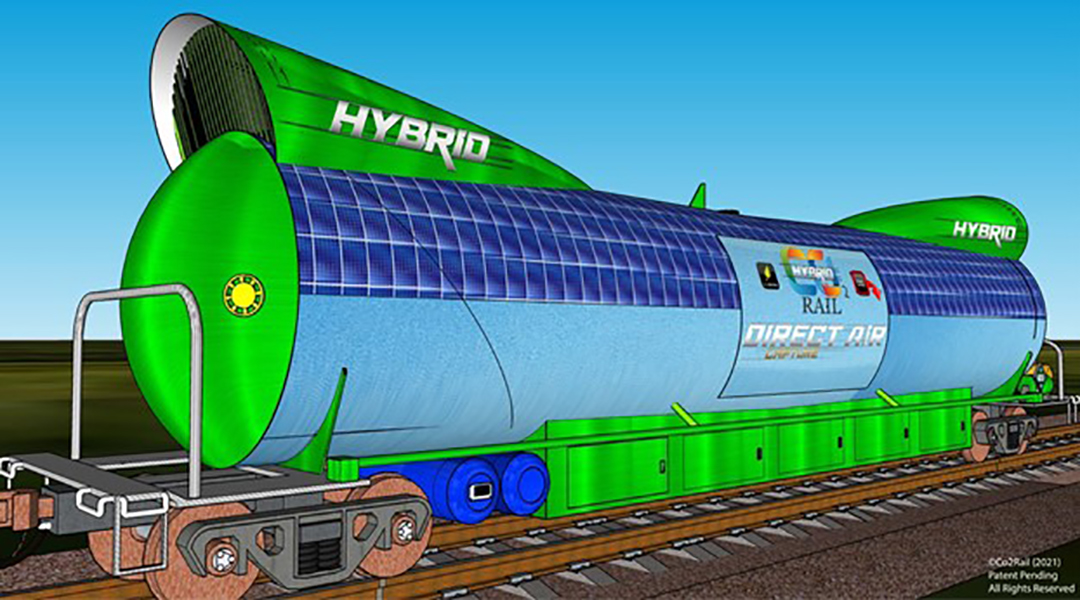While some would contend that materials discovery will breathe life into a hydrogen economy, it cannot realize its full potential unless production becomes less costly and more efficient.



While some would contend that materials discovery will breathe life into a hydrogen economy, it cannot realize its full potential unless production becomes less costly and more efficient.

An innovative advance dubbed “electro swing” may challenge the energy efficiency, capacity, and scalability of large-scale carbon capture.

Nitrous oxide, better known as laughing gas, is often forgotten when considering major greenhouse gases.

What if the energy released when freight trains slow or stop could be applied to carbon capture technology?

Understanding how bubbles form is vital to both producers and consumers of the world’s most popular alcoholic beverage.

A new approach to the synthesis of sustainable ammonia and urea uses food waste and brown water as feedstocks.

Operating at the intersection of technology and biology, Neri Oxman is calling for a fundamental shift in the way we design and construct the built environment.

Many groundbreaking materials find their origins as rediscovered gems buried deep within the dusty archives, and barite could be one of them.

The race is on to scale down the cost of sustainable aviation fuel production technologies and scale up production capacity.

A new report outlines in quantitative detail the range of options, trade-offs, and costs to guide future policies in achieving carbon neutrality by 2045.